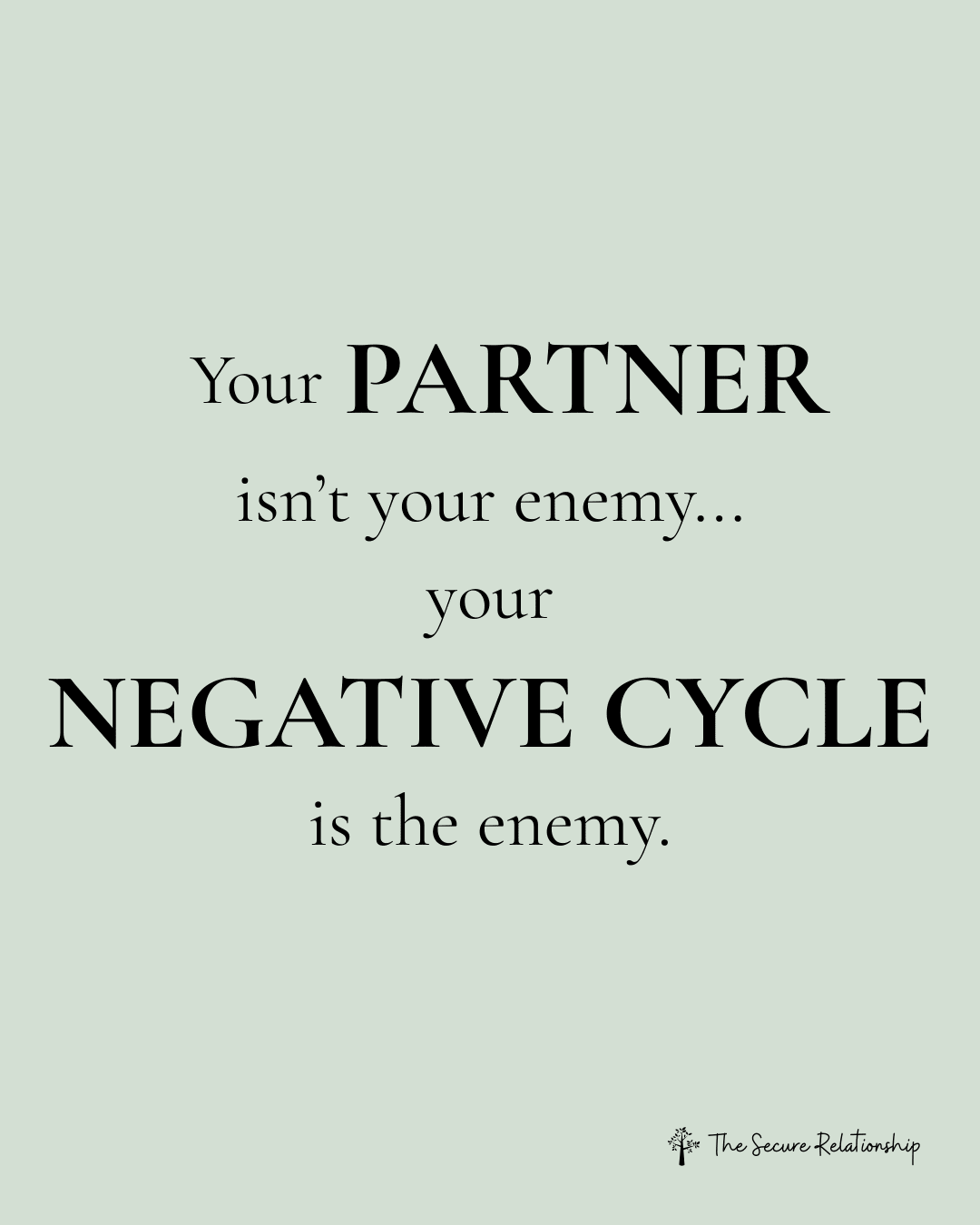The Negative Cycle: Part Four – Examining the Next Trigger of the Anxious Partner
The Negative Cycle: Part Four – Examining the Next Trigger of the Anxious Partner
Let’s continue the cycle.
Triggering Event:
The avoidant partner dismisses or minimizes the anxious partner’s complaint about the clothes on the floor.
The Meaning Made:
“Now my needs don’t matter and I’m being unheard and invalidated.”
Unmet Attachment Need:
“I can’t feel safe and close if my partner isn’t able to understand and validate my feelings.”
Vulnerable Emotions:
Fear: What if I’m emotionally abandoned?
Sadness: I feel so alone.
Shame: Maybe my needs really are too much. Maybe I’m too much.
These emotions are painful and destabilizing—especially for someone with anxious attachment.
Protective Emotions:
“These vulnerable feelings are too painful. I have to make myself heard.”
The urgency intensifies:
Anger
Desperation
Frustration
Panic
Fight response
Common Anxious Behaviors:
“If I can just get them to see what they’re doing wrong, they’ll understand and things will get better.”
So they:
Protest louder
Criticize
Ask rapid-fire questions
Plead or demand
Rehash the situation over and over
These behaviors are fueled by a desperate hope to be heard and understood—but to the avoidant partner, they feel overwhelming and confirming of their fear that they’re failing.
This is how the negative cycle intensifies: the anxious partner escalates in protest, and the avoidant partner prepares to shut down even further.
Support for Emotional Escalation and Attachment Triggers
Understanding Shame Course – Explore how hidden shame fuels emotional protest and reactivity.
Relationship Coaching – Work through protest cycles and learn how to express emotional needs without triggering shutdown.
Couple and Individual Group – Practice staying emotionally engaged, even when your needs feel unmet.
“When emotional needs go unheard, protest turns into panic.”



Trying to control your environment—like keeping a spotless house—can sometimes be a way to manage inner anxiety caused by relationship disconnection. But when that strategy backfires, it can create more of the very disconnection you’re trying to avoid. This post explores how personal anxiety shows up in relationships, and how couples can break the cycle.